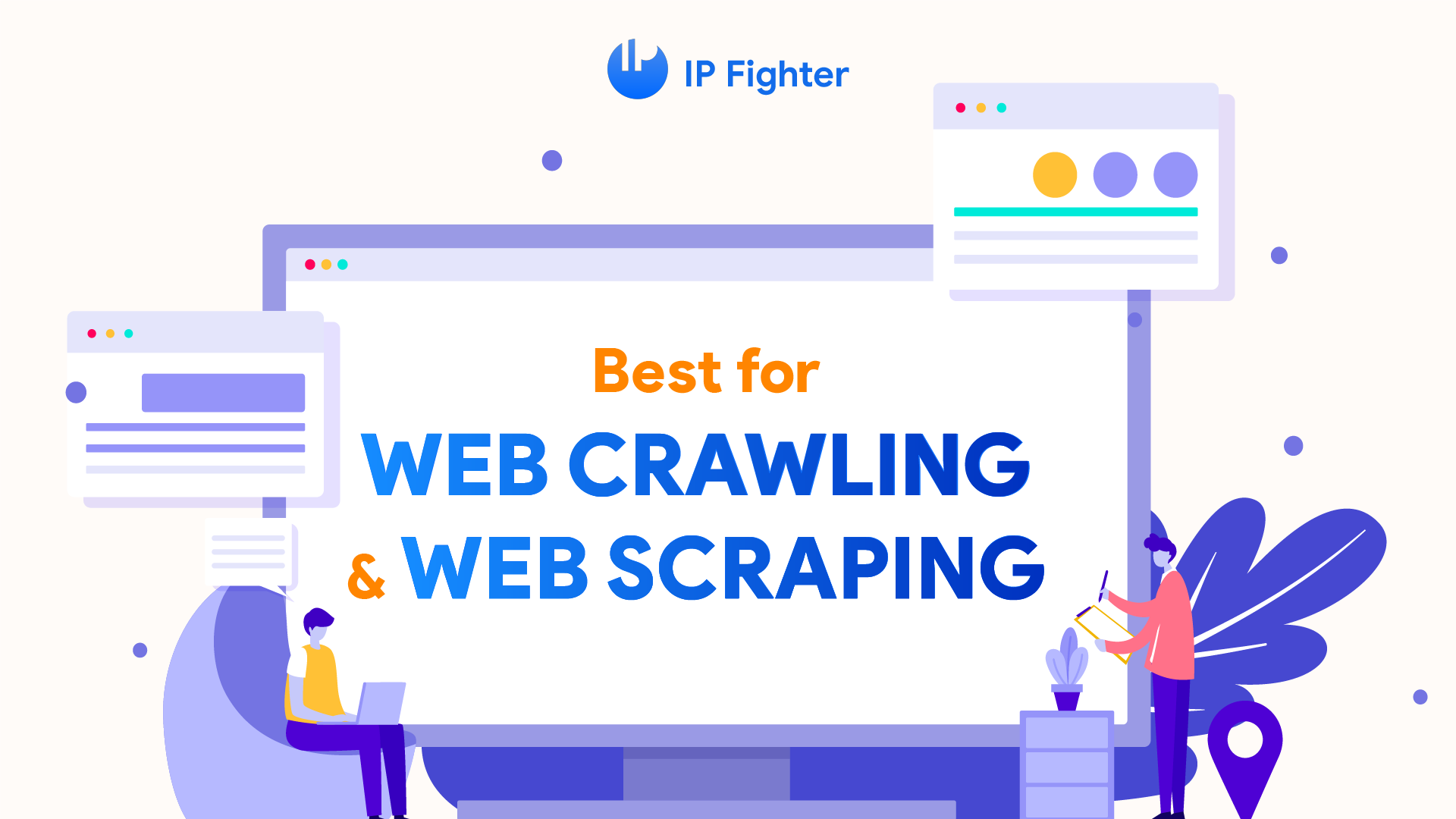Effective web scraping demands a strategic approach to overcome challenges and ensure optimal data extraction. Let's delve into the key practices that will empower you to master the complexities of web crawling.
|
Understanding Web Scraping detection
|
How websites detect web scrapers
|
Before delving into the best practices, let's understand how websites identify and fend off web scrapers. It's crucial to comprehend the challenges you may encounter along the way.
|
Challenges of Web Crawling
|
1. Rate limiting: A tactic for controlled access
|
Rate limiting is a common strategy used by websites to combat scrapers. Essentially, it restricts the number of actions a user (or scraper) can perform from a single IP address within a specified time frame. Overcome rate limiting by using a rotating proxy, ensuring a continuous flow of different IPs and enabling quick connection requests.
|
2. CAPTCHA: A sophisticated defense mechanism
|
CAPTCHAs pose a more sophisticated defense against web scraping. Triggered by excessive requests, improper web scraper fingerprints, or low-quality proxies, CAPTCHAs can be bypassed by improving your scraper's fingerprint, mimicking human behavior, and using high-quality residential proxies.
|
3. IP Blocks: Facing the blacklist
|
The worst-case scenario involves your IP address getting blacklisted due to bot-like activities. This usually occurs on well-protected websites like social media platforms. Overcome IP blocks by changing your IP address, similar to the approach used for rate limiting.
|
4. Website structural changes: Adapting to evolution
|
Websites are dynamic, especially large e-commerce sites, frequently altering their HTML markup. To tackle structural changes, regularly update and maintain your web scraper. Ensure it adapts to modifications like class or element id removal or renaming.
|
5. JavaScript-heavy websites: Handling dynamic content
|
Interactive websites using JavaScript present a challenge for traditional HTML extraction tools. To extract data from such sites, consider using a headless browser, capable of fully rendering the target website and overcoming JavaScript-based obstacles.
|
6. Slow load speed: Avoiding timeouts
|
When a website experiences a surge in requests, its load speed may slow down, leading to timeouts. Overcome this by adding retry functionality to your code, automatically reloading the page if a request fails. Be cautious not to overload the server with excessive retries.
|
Best practices of Web Crawling
|
1. Consider the website’s guidelines: Abide by the rules
|
Treat a website like someone's home; it has rules to follow. Check robots.txt for instructions on scraping permissions. Additionally, review the terms of services (ToS) for scraping policies. Avoid scraping behind logins, especially on social media platforms, to mitigate legal risks.
|
2. Scrape politely: Respect the website’s capacity
|
Adjust your scraping speed to the website's capabilities. Add delays between requests, scrape during off-peak hours, and avoid burdening smaller websites with excessive load. Consideration ensures a better experience for both you and the website.
|
3. Discover API endpoints: Optimize data retrieval
|
Websites often fetch elements via backend APIs, providing a more efficient way to extract structured data. Identify API endpoints to reduce bandwidth usage and simplify the scraping process.
|
4. Rotate your IP address: Stay under the radar
|
IP rotation is essential to avoid detection. Use rotating proxies to automatically switch IP addresses with each connection request. Be mindful of potential blocks on IPs from cloud hosting services, and opt for residential addresses when necessary.
|
5. Use a headless browser: Adapting to JavaScript
|
Determine if a headless browser is necessary based on the website's reliance on JavaScript. Use it for JavaScript-heavy websites, while opting for faster libraries like Beautiful Soup and Requests for sites that don't heavily depend on dynamic elements.
|
6. Improve your browser’s fingerprint: Blend in
|
Enhance your browser's fingerprint by rotating user agents and considering additional headers like cookies. Mimic human behavior by incorporating random activities, making it challenging for servers to identify your scraper as a bot.
|
7. Maintain your web scraper: Ensure longevity
|
Constantly supervise custom-built scrapers, addressing issues promptly. Structural changes on websites may require updates to your scraper. Regular maintenance, feature additions, and tests will ensure its longevity and data quality.
|
8. Act natural: Mimic human behavior
|
Reduce crawling speed, add random intervals between requests, and simulate activities like mouse movements to mimic human behavior. Unpredictable actions make it harder for servers to identify your scraper as a bot.
|
Armed with these best practices, you can elevate your web scraping game while respecting the rules set by websites. Remember, scraping responsibly ensures a seamless and ethical data gathering experience.
|
|


